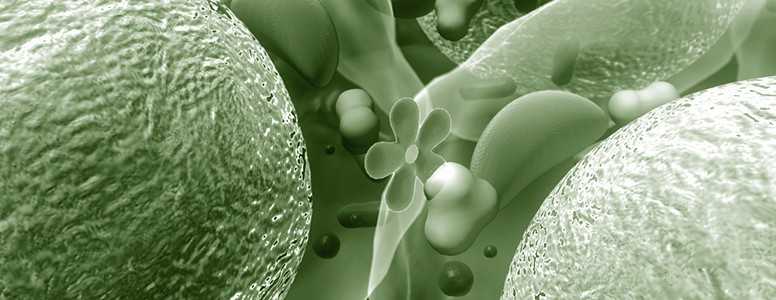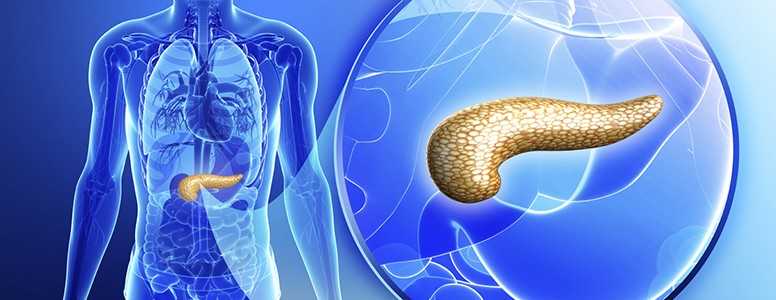Insulin-producing cells can be both insulin sensitive and insulin resistant at the same time. A group of Swedish researchers had discovered a mechanism that could explain why.
The research, conducted at the Karolinska Institutet, focused on how beta cells can be both insulin resistant and insulin sensitive in different biological functions.
“The beta cell must have insulin to work properly,” says Barbara Leibiger, lead author of the study. “In a person with diabetes, the beta cells become insensitive to insulin.”
Beta cells have two receptors, the researchers had found before. These receptors are known as A and B. In a person with diabetes insulin receptor B is not sensitive to insulin under for one signalling pathway, but insulin can activate a different signalling pathway that increases the production of beta cells. The switch is triggered by PI3K C2a.
Ingo Leibiger, the study’s co-supervisor, said: “The results are important since it explains how the beta cell can go from a differentiated state to a proliferative state. This means that the cells change from being glucose-responsive to instead increase in number.”
When the findings have been further developed, they could potentially lead to new treatments for insulin resistance.
The findings were published in Cell Reports.
What's new on the forum? ⭐️
Get our free newsletters
Stay up to date with the latest news, research and breakthroughs.






